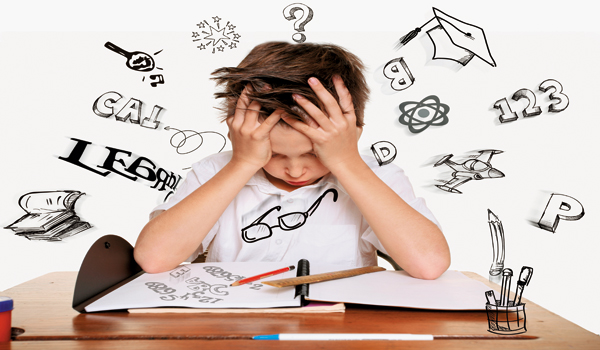Students with learning disabilities can succeed in school and throughout their adult life.
There are many ways to help them. Most importantly, teachers must use positive reinforcement and encouragement to create a classroom atmosphere which is positive and supportive, and which bolsters the children’s self-esteem.
Every child is different, and every child will need different interventions. Peer mentoring, for example, can be a very effective way to support and reinforce classroom instruction, and to strengthen the student’s social support. However, a student may need just the opposite: a quiet area away from the group to focus and study (such as a study carrel). One-on-one attention from the teacher has shown to be highly effective, regardless of which learning disability the student struggles with.
If one in five students has a learning disability of some sort, it can be assumed that most classrooms have several students who struggle with a disability and likely with different disabilities. For this reason, it is highly important for teachers to present their lessons in as many modalities as possible. Visual aids are helpful for visual learners, songs and rhymes are helpful for auditory learners, movement and actions are helpful for kinetic learners, and so on. Students may also need to be tested in alternative ways (dictated, for instance). Additionally, teachers should keep their directions simple and straightforward. They should be wary of giving the students too many directions at once.
Overall, the teacher must be observant of the student’s individual needs. If the student can only work for a short time before becoming emotional and defiant, for example, then the lesson can be modified to accommodate this. The teacher can reduce working time and expectations, and then gradually raise them as the student grows and improves. In this way, every student gets an opportunity to succeed. Teaching students strategies for coping with their disability is key. This also leads to far better outcomes than merely teaching facts.
Lastly, consistent communication between the school and home is crucial. It serves to inform parents of their child’s progress and how to be most supportive. The earlier a disability is detected, the better. But overcoming the challenges associated with learning disabilities will take time and patience. Parents and teachers who show this patience and who help to boost the child’s self-esteem are the most important factor in beating learning disabilities.

